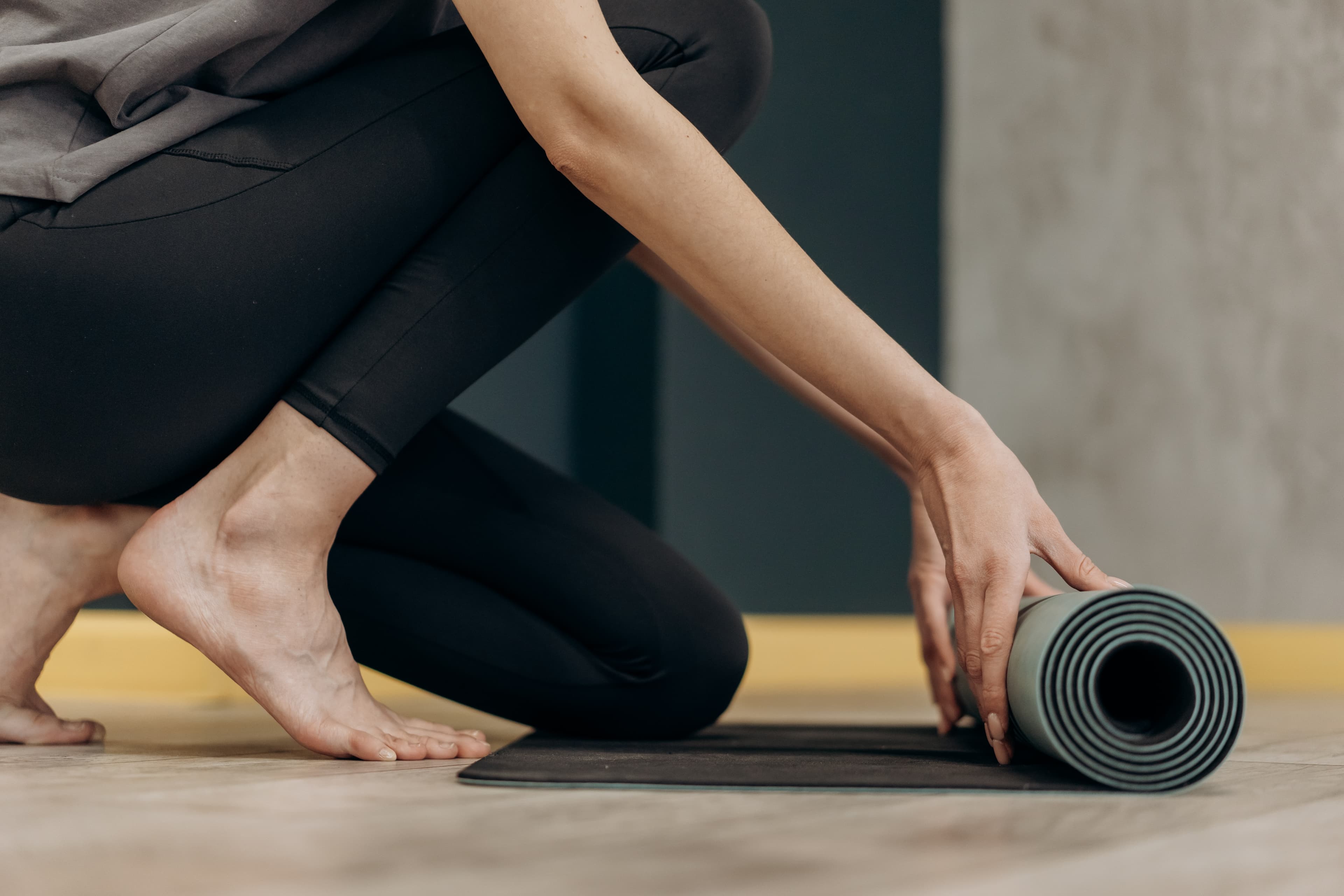What’s physical therapy?
Physical therapy is a way to improve your ability to move and function. Typically, a physical therapist will walk you through exercises, massages, and other practices designed to help you feel and move better.
Physical therapy is designed to help you complete everyday tasks, support walking, posture and balance, and takes into account your own personal goals for how you’d like to feel.
Often, physical therapy is used as a treatment for certain illnesses or injuries, or any time you or a loved one is struggling with mobility, stiffness, or chronic pain.
I just found out myself or my loved one will need physical therapy. What should I expect?
Physical therapy is designed to create better outcomes and stronger mobility - and you or your loved one’s Physical Therapist (also called a “PT”) is going to invest in ensuring you get the outcomes you want.
It starts with a PT assessing your needs. At your first appointment, you’ll probably go through a series of tests to see what your unique needs are. These “tests” might include things like walking on a treadmill, taking a look at your posture, measuring your body fat composition, or keeping a daily activities log.
After the exam, the PT will build a custom treatment plan designed to improve the quality of life for you or your loved one.
How long does physical therapy last?
Every person receiving care is different, so the duration of your physical therapy will depend on your unique needs. However, strength, mobility, and pain relief should improve over time - so you won’t need to wait until the end of a treatment to see results.
Are there at-home physical therapy products that can improve my strength and mobility?
While physical therapy is often performed in an office or a clinical setting, there’s plenty of at-home exercise and products that can improve your strength, mobility, balance and more. Read more about how to perform at-home physical therapy exercises.
Who needs physical therapy products?
Physical therapy products are for everyone. While physical therapy is often used as a treatment, preventative physical therapy can help prevent injuries and correct small issues before they become large ones.
Whether you’re preparing to take on more intense workouts, want to prevent more serious issues by checking in with a physical therapist regularly, or hope to prevent chronic conditions like osteoporosis, preventative physical therapy can help.
Want to learn more about how preventative physical therapy can support you or your loved one? Read more here.
What types of physical therapy products are there?
Physical therapy products support a wide range of needs like:
Activity and Wellness Trackers: Trackers allow you to monitor your steps, calories, heart rate, oxygen levels, sleep stages, and more.
Braces, Splints, and Supports: Ideal for compression, stabilization or immobilization as well as everyday comfort, braces and supports are a core piece of physical therapy.
Exercise and Physical Therapy Equipment: Equipment like shoulder exercises, bands, squeeze balls, foam rollers, fitness balls are some of the best tools for preventative physical therapy and allow you to build strength, muscle and balance at home.
Hot and Cold Therapy: Often used as therapy for chronic pain or soreness, hot and cold therapy products reduce stiffness, supports healthy blood flow, reduces swelling, and can reduce pain.
Kinesiology and Athletic Tape: Super stretchy kinesiology tapes is used to reduce pain and improve circulation. It’s often used to treat injuries, support weaker muscles or joints (for those with achilles tendonitis, IT band friction syndrome, patellofemoral stress syndrome, etc), enhance athletic performance, and retrain muscles that may have lost function.
Leg Cramp Medications: For those with nocturnal leg cramps, charley horses, or muscle spasms, over-the-counter medications can ease symptoms and discomfort.
Recovery Wear: Recovery wear like compression supplies provide comfort and support for those rebuilding muscles or those that need orthopedic support post-surgery.
Which physical therapy products are right for me?
Finding the right product for you or your loved one depends on each person’s unique needs. Often, a physical therapist (a “PT”) will instruct you to look for a particular product or product category. If you’re looking to build general strength, look for exercise and physical therapy equipment like bands, squeeze balls, or wellness trackers to monitor performance.
Caregivers and care recipients often look for features like:
Washability. Since physical therapy products are often used when you or a loved one is more active and sweaty, some of them can start to smell over time. Looking for washable products is a simple way to ensure you’re able to keep your loved one feeling and smelling fresh. Scent-resistant products are also a great option!
Soft, stretchy, or comfortable. Physical therapy is important but can feel uncomfortable at times. Look for products that feel soft and gentle to make the experience more comfortable.
Durable and supportive. Search for products that will last a long time - more durable products prevent you from needing to buy additional products in the future.
Are my physical therapy products covered by insurance?
Most physical therapy treatments are covered by insurance, including Medicare, when considered “medically necessary.” That means that if your doctor has determined that physical therapy could support recovery or relieve chronic pain, your visits and treatments should be covered by your insurance plan.
That said, insurance most often does not cover:
Preventative Physical Therapy
At-home physical therapy products like wellness trackers, exercise equipment, etc.
Insurance may cover certain durable pieces of equipment like knee braces or supports - this will depend on both your doctor’s recommendations and your insurance provider.
What if I have more questions?
Providing care for someone with physical therapy comes with unique challenges. If you need help selecting products that meet your loved one’s needs, we’re happy to help.
Learn more about physical therapy by:
Our friendly Care Specialists speak English and Spanish and can answer any questions you have. To get in touch, send an email to support@carewell.com or call (800) 696-CARE today.



